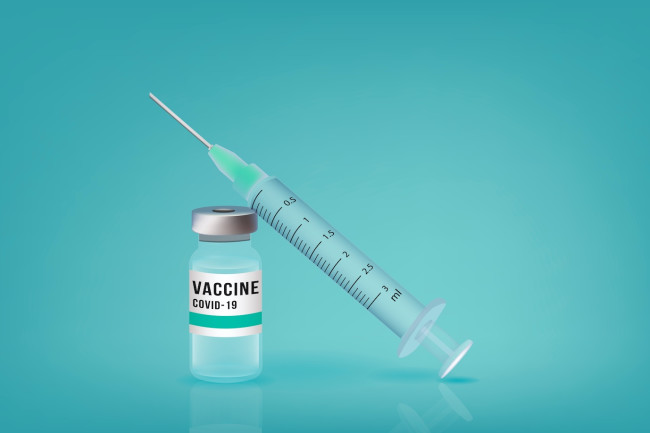VACCINES – Part 1 – Approaches (Platforms) for Development of a COVID-19 Vaccine

To understand the process behind vaccine development, you have to go back to my section on immunology and recall how the body fends off a microbe. Recall that the first line of defense against a foreign entity like a virus is the innate immunity which tries to create a barrier against entry followed by a non-discriminate attack against the antigen until the more sophisticated adaptive immunity has had a chance to recruit specific antibodies that bind and neutralize the virus.
The goal of a vaccine is to help the host create these ‘neutralizing antibodies’ through ‘dummy agents’ so that when the real virus attacks, the immune system is ready and eliminates the virus before it has gained entry into the bloodstream.
The so called ‘dummy agents’ that are to mimic the virus and recruit the formation of those antibodies can be created through generally five different ways. I will list them here and then go into some detail about each.
- Inactivated virus
- Attenuated Virus
- Nucleic acid based creation of protein antigens (DNA or MRNA based)
- Purified antigenic protein (spike protein)
- Viral vector delivery of antigen
A platform in biological sciences is like a recipe whereby you take a process and apply it to different areas. In vaccine development, the processes for making different types of vaccines have for the most part been worked out in one or more microbes and those same processes can be applied to SARS-Cov-2 ( the COVID-19 virus ). In the inactivated virus platform, you take the virus, grow it in a laboratory setting an then chemically inactivate it so as to deem it noninfectious and incapable of causing disease. This has been done with the SALK polio virus successfully. Other examples are the hepatitis A vaccine and Rabies vaccine. Several groups are working on this method for coronavirus. None have yet reached human trials but the laboratory work is under way.
The second method is to create an attenuated virus. In that scenario , you have to modify it enough so that it can still produce an immune reaction from the host but it has limited growth potential and can not replicate too rapidly as to cause severe disease. This has been done successfully with measles, mumps, rubella, chicken pox and rota-viruses. Sinovac from Beijing, China is currently working on this and they have made some serious progress to be discussed later
The nucleic acid based process involves using molecular genetics techniques to create part of the viral DNA or RNA that codes for the spike protein of the COVID-19 virus and injecting it into the host and then have the host translate or transcribe the protein. You are basically asking the human body to print the protein based on the DNA or RNA code that is injected. Then the body reacts against the spike protein and forms neutralizing antibodies. The advantage of this process is that you make a lot of this genetically engineered viral DNA or RNA in massive quantities and relatively cheap price. The pitfall is that if the viral spike protein mutates then the neutralizing antibodies won’t be able to neutralize the newly mutated virus. Fortunately COVID-19 virus doesn’t seem to mutate much. The other problem is that this technique of DNA or RNA creation has never been done for any other vaccine. So we don’t have any successful vaccines in the market created by this technique. The NIH group collaborating with Moderna have produced the first vaccine of its kind and are in the phase II trials already. We will discuss them soon.
The fourth method which is the method of purified antigenic protein creation bets on injecting the protein directly into the muscle and hoping that the body sees the protein and reacts by creating antibodies. The group at St Mary’s Hospital in UK have tried this successfully. By coincidence, this is the same institution where Alexander Fleming came upon the accidental discovery of penicillin.
One way to facilitate the entry of the virus into cells and increasing the chance of human immune response is to ‘mount’ the spike protein on a benign viral vector such as the adenovirus that causes the common cold. That way the host recognizes the virus and the reaction is what you would experience with common cold but then create antibodies against the more virulent coronavirus. Johnson and Johnson has produced a vaccine against ebola through this AdVac technology (adenovirus- vector). They are working on the COVID-19 with Harvard and other institutions.
So that is vaccine technology in a nutshell. Next we will talk about phases of vaccine trials.
Location
ARLINGTON VA
2800 Shirlington Road Suite 100
Arlington VA 22206
Phone: (703) 844-7770
Fax : 703-866-3133



